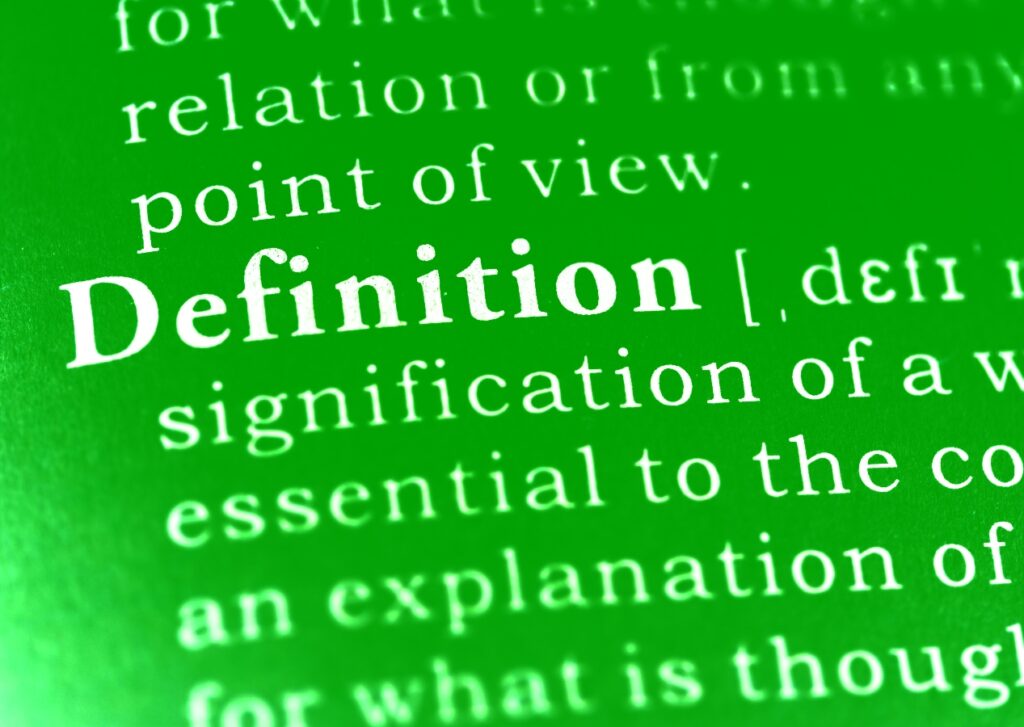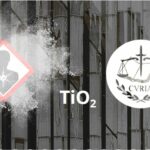
The Commission unveils its new recommendation for the definition of “nanomaterials”
The Commission today published its revised recommendation for a definition of the term “nanomaterial,” replacing its previous recommendation dating from 2011.
It reads as follows:
“Nanomaterial” means a natural, incidentally or manufactured material consisting of solid particles* that are present, either on their own or as identifiable constituent particles in aggregates** or agglomerates**, and where 50% or more of these particles in the number-based size distribution fulfil at least one of the following conditions:
(a) one or more external dimensions of the particle* are in the size range 1 nm to 100 nm
(b) the particle* has an elongated shape, such as a rod, fiber or tube, where two external dimensions are smaller than 1 nm and the other dimension is larger than 100 nm
(c) the particle* has a plate-like shape, where one external dimension is smaller than 1 nm and the other dimensions are larger than 100 nm.
In the determination of the particle number-based size distribution, particles with at least two orthogonal external dimensions larger than 100 μm need not be considered.
However, a material with a specific surface area by volume of less than 6 m2/cm3 shall not be considered a nanomaterial.
* particle” means a minute piece of matter with well-defined physical contours; single molecules are not considered “particles
** aggregate”: means a particle comprising strongly bound or fused particles
*** agglomerate”: means a collection of weakly bound particles or aggregates where the resulting external surface area is similar to the sum of the surface areas of the individual components.
As a reminder, this revision was awaited since 2014 and was intended to take into consideration advances in scientific knowledge and to promote better implementation of European regulatory obligations (in terms of registration of nanomaterials under REACH and on the labeling of nanomaterials in cosmetics, biocides and food, for example), poorly respected by companies because the definitions of the term “nanomaterial” in European regulations are not homogeneous*.
The Commission recommends that this revised recommendation be used not only in European regulations and programs but also by Member States in their legislation, policy programs or research programs as well as by “economic operators” when preparing and implementing their own research policies and programs.
This text marks both the end of a long suspense… and the beginning of a new adventure: the clarifications announced do not really seem to be forthcoming, and it is likely that disputes will continue to arise over the qualification (or not) of certain substances as “nanomaterials”…
Furthermore, what to say about a definition that does not allow to consider as nanomaterials (and therefore not allow to regulate accordingly) substances in which 49% is made of particles under 100 nm? This possibility, present in the previous recommendation, has been removed. Are we doing away with health and environment protection?
If adaptations of this definition are possible during its potential integration into sectoral regulations, the problems of consistency between sectors would arise again as they do today.
The dissatisfaction of the NGOs CIEL and AVICENN was relayed by Chemical Watch on June 15. To be continued…_

Other news on the topic
Upcoming Nano Agenda

- Webconference for analysis laboratories, plant fertilizer manufacturers and distributors, public authorities…
- Moderated by David Krupka, nanotechnologies development manager at AFNOR Normalisation and Emilie Langlois-Bertrand, nantechnologies standardization project manager.
- In partnership with Armand Masion, CNRS Research Director, and Sandrine Mocoeur, Health, Safety, Environment and Quality Manager at SYNGENTA.
- This exchange will also be an opportunity to explore the creation of a national platform to identify standardization needs.
- Website: www.afnor.org/evenement/nanotechnologies-agriculture-cadre-pratique-responsable/
- 8th Congress of Occupational Medicine and Health (CNMST 2026)
- Theme 5: Emerging pathologies and risks, Mr Henri Bastos (ANSES), Pr Lynda Bensefa-Colas (AP-HP), Dr Catherine Nisse (CHU Lille)
- Website: www.medecine-sante-travail.com
- 20th meeting of the “nano and health” dialogue committee
- Organizer: ANSES



